Introduction
To kick off our 21st-Century Architecture: 25 Years 25 Buildings series, we profile Herzog & de Meuron's Tate Modern in London – the most significant building of the year 2000.
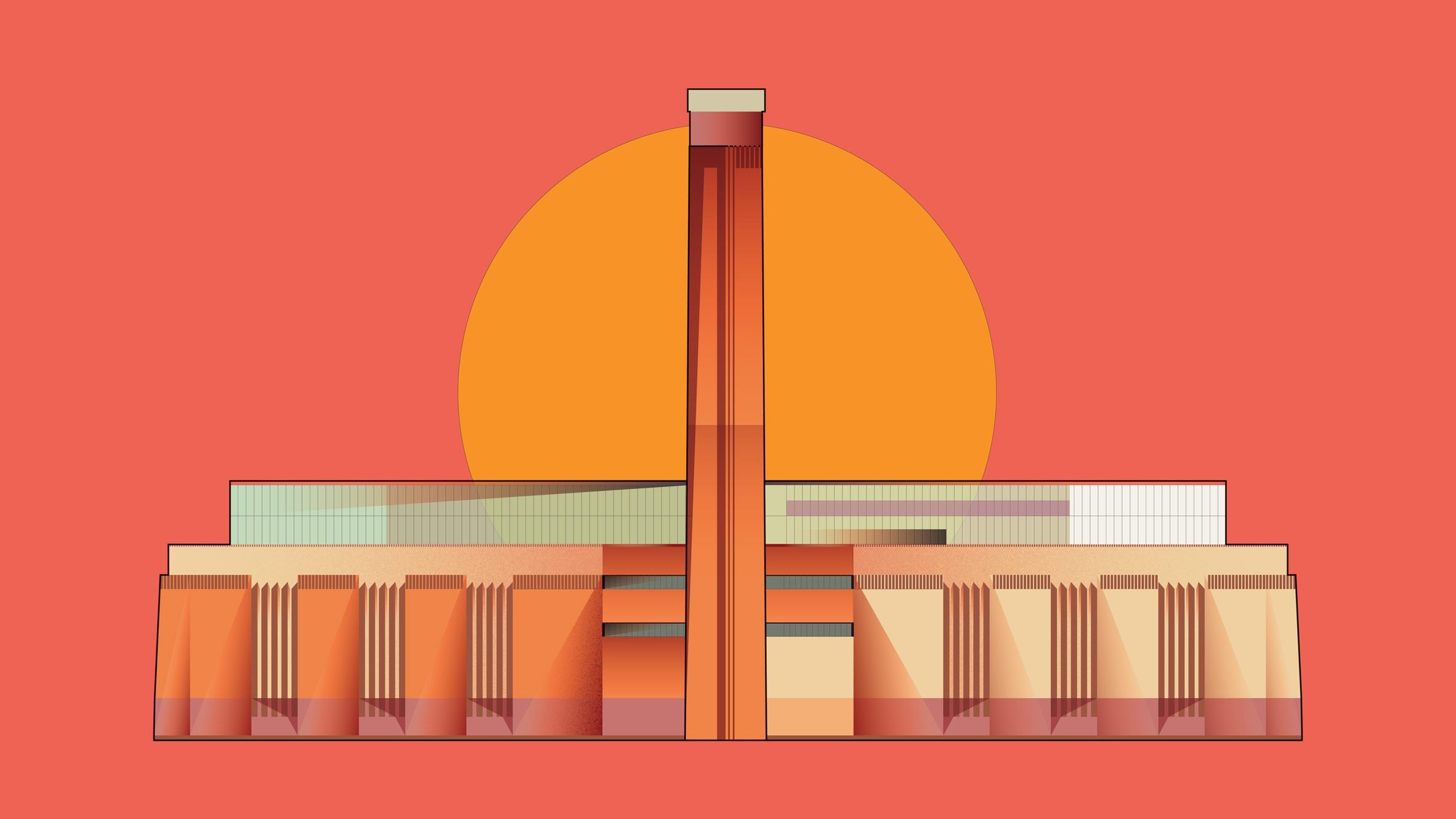
A New Era in Architecture
The turn of the millennium prompted the opening of numerous high-profile buildings, but none have had the lasting impact of Tate Modern, set inside an abandoned power station on the banks of the Thames in London. Opened in May 2000, the gallery was ahead of its time, focusing on reuse and rejuvenating London's cultural offering, propelling Swiss studio Herzog & de Meuron to global fame.
Transforming Art Gallery Design
The building fundamentally changed art gallery design. Today, institutions worldwide, from Sydney to Doha, look to convert former industrial spaces to replicate the power of Tate Modern's Turbine Hall. Back in the early 1990s, London had no public institution dedicated to modern art.
The Unexpected Choice
When Tate decided to establish a second London venue, it was expected that a brand new building would be commissioned. However, Herzog & de Meuron co-founder Pierre de Meuron described the choice of an abandoned power station on the unfashionable South Bank as an "utterly surprising and daring choice". Bankside Power Station had lain empty for over a decade after its closure in 1981.
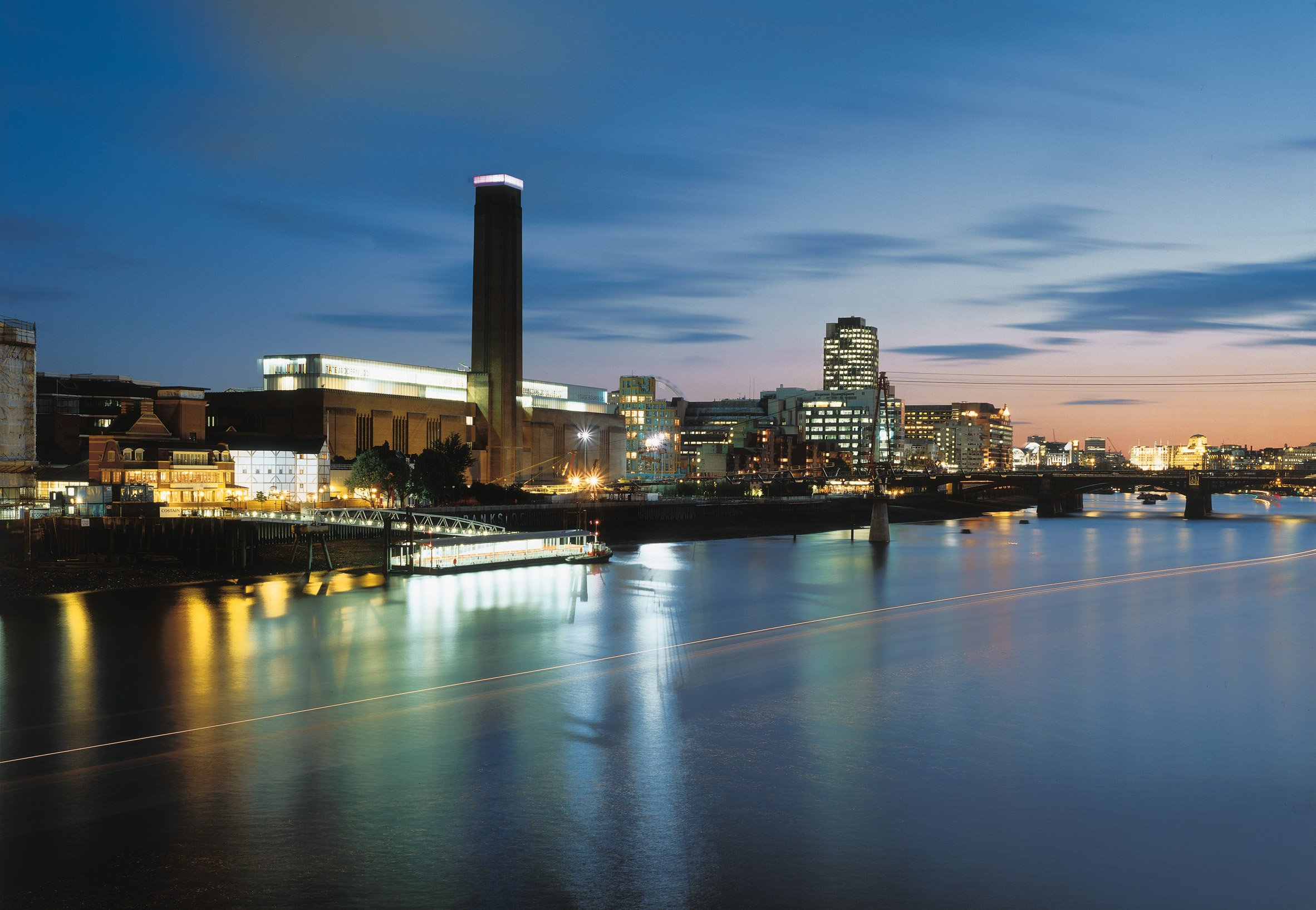
A Competition for Greatness
The Tate organized a competition that attracted entries from the biggest architects of the day, including Rafael Moneo, David Chipperfield, and Renzo Piano. Yet, a little-known studio from Switzerland, Herzog & de Meuron, won the commission.
A Subtle Design
Their design involved few but powerful interventions, aiming to retain the building's industrial character. The exterior still looks like a power station, with only a two-storey glazed extension added to the roof. The gallery's core spaces are stacked vertically, with a bookstore and coffee shop occupying the lower floors, while galleries for the Tate's collection are spread across the upper levels.
The Iconic Turbine Hall
The former turbine hall became the focal point of the building, a dramatic new space for displaying art. It has hosted numerous site-specific artworks by leading contemporary artists, changing how people perceive contemporary art.
"It is, I'd argue, the finest new public space in the city." — Edwin Heathcote
Impact and Popularity
Since its opening, Tate Modern has surpassed its expected visitor figures, becoming the world's most visited contemporary art museum, a testament to Tate's and Herzog & de Meuron's vision.
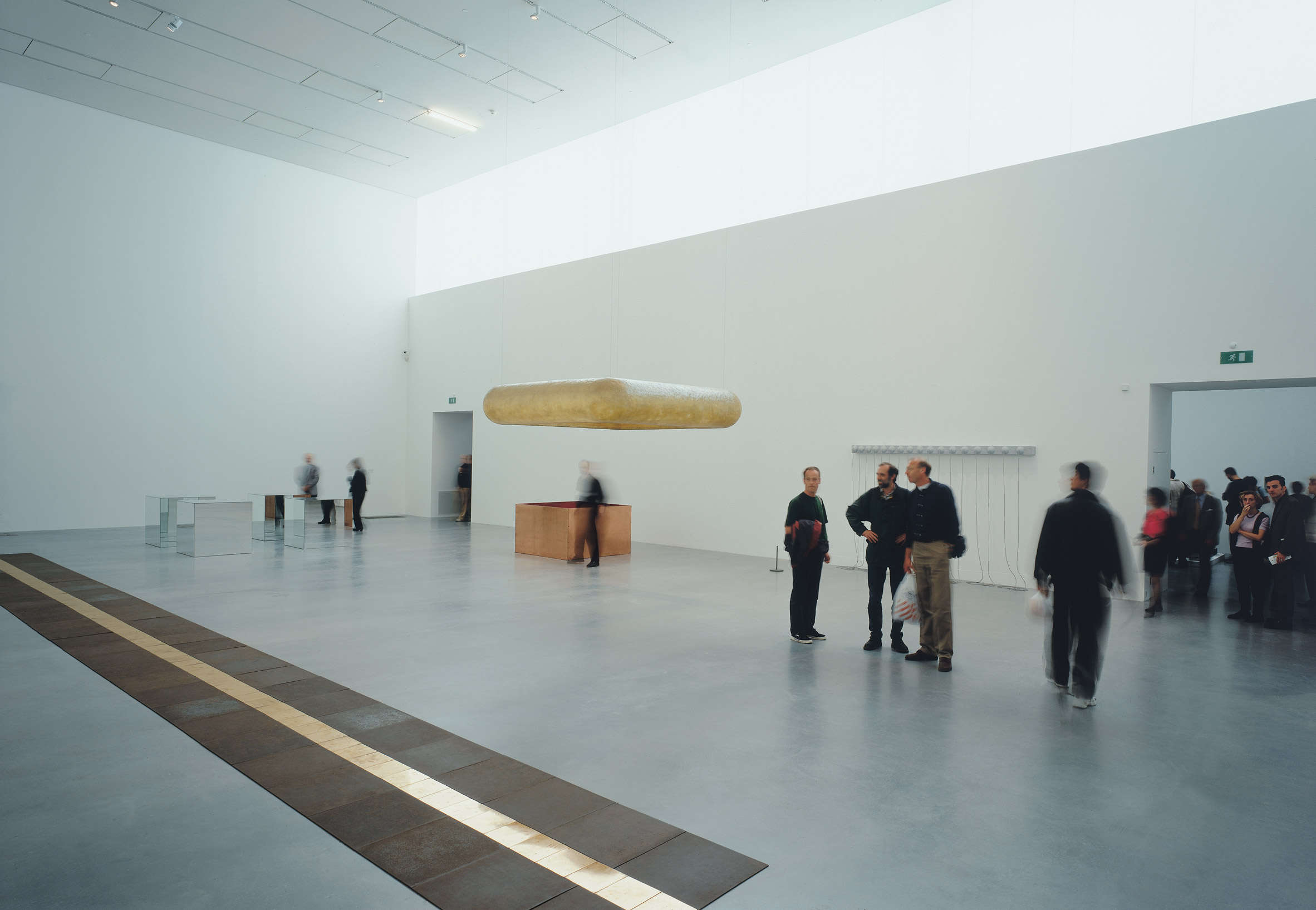
Legacy
Looking back, the skepticism faced by Tate regarding the choice of site, architect, and design has faded. The Tate Modern remains a symbol of renewal in South London, and it is hard to imagine it as anything else.
"A bright star on the Thames's other side." — Alan Riding
Join the Discussion
Did Herzog & de Meuron's Tate Modern deserve the title of the most significant building completed in 2000? Let us know your thoughts in the comments!
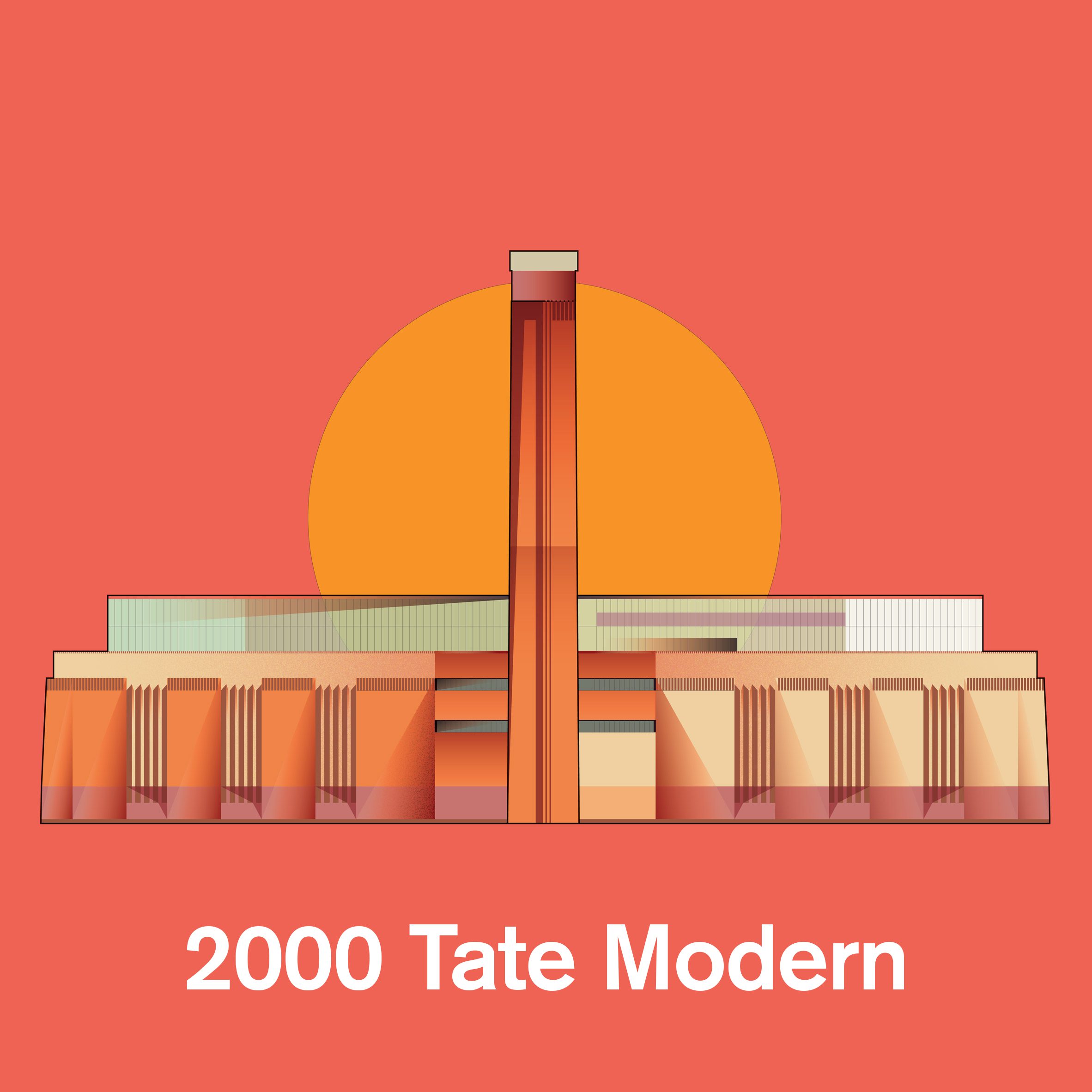
This article is part of Dezeen's 21st-Century Architecture: 25 Years 25 Buildings series, highlighting significant architecture of the 21st century.

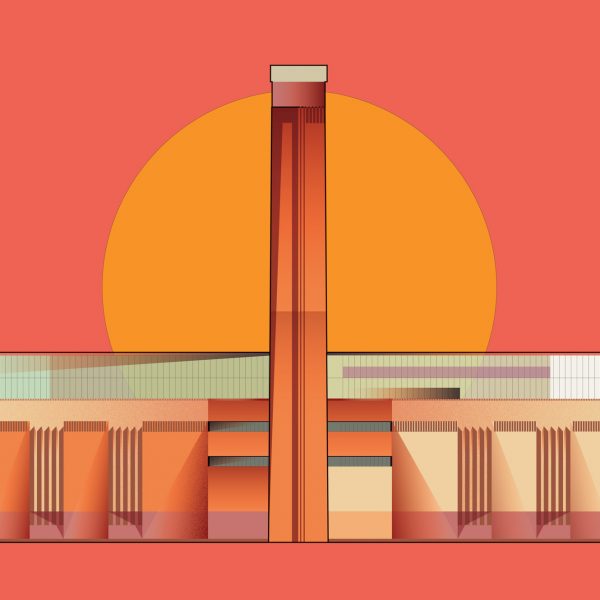

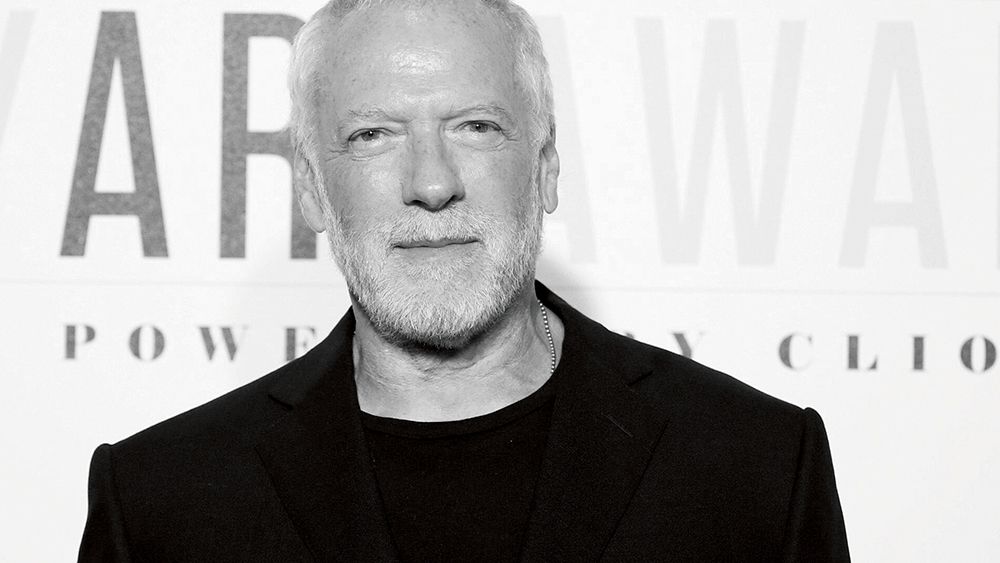

Comments
Join Our Community
Sign up to share your thoughts, engage with others, and become part of our growing community.
No comments yet
Be the first to share your thoughts and start the conversation!